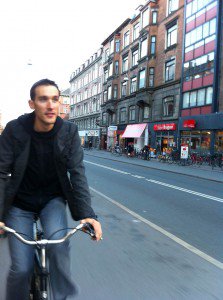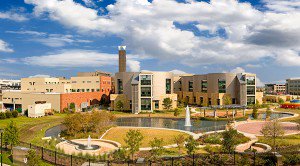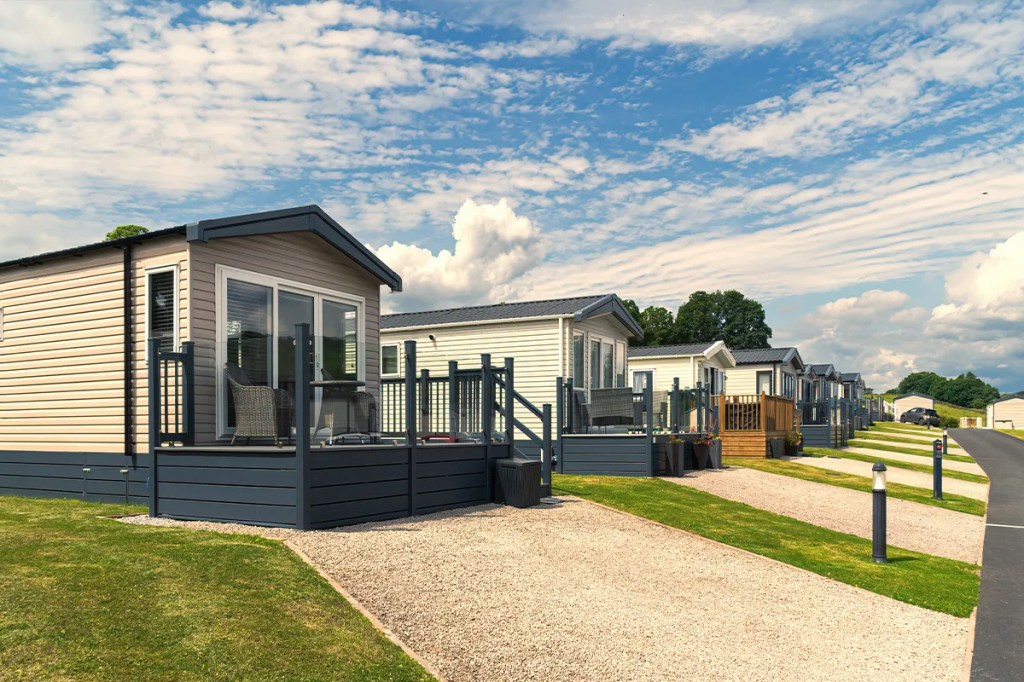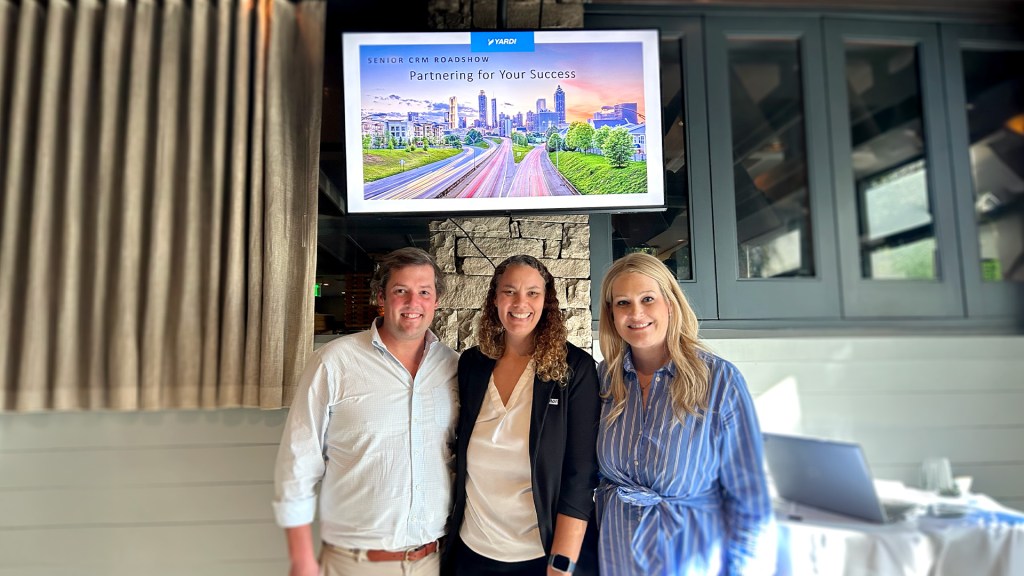By Yardi Blog Staff on December 1, 2014 in People
Amidst rising health care costs and the great urban rebound, the car is being replaced by alternative means of transport, such as biking. Mille nnials, one of the largest renter cohorts, are driving 23 percent less today than their peers did in 2001.
nnials, one of the largest renter cohorts, are driving 23 percent less today than their peers did in 2001.
According to U.S. Public Interest Research Group per capita driving rates have shrunken to 1996 levels. The American Public Transit Association found that Millennials’ preferred method of getting around is biking, while driving came in last, behind mass transit and walking.
But on-the-go Millennials aren’t the only ones choosing two wheels instead of four. Between 2000 and 2011 the number of Americans getting to work mostly by bike grew by 47 percent, New Geography found. According to the latest National Household Travel Survey data the 60 to 79 demographic generated 37 percent of the nation’s increase in biking between 1995 and 2009. Moreover, between 2001 and 2011 the number of biking baby boomers doubled, according to Bicycle Retailer Industry Directory.
So how does the growing popularity of biking fit into America’s communities and apartment industry? Zach Vanderkooy, PeopleforBikes’ Green Lane Project International Programs Manager, elaborates.
What are the benefits of biking?
Zach Vanderkooy: There are so many — it’s a low-cost, convenient way to get around for short trips, it reduces traffic congestion, adds economic vitality, provides access to fresh air, all while being a physical activity that’s built in to everyday life. Riding a bike is inherently joyful and practical. You don’t have to work too hard to sell that. Most importantly, biking offers a chance to explore and engage with a community at a more human scale. Much like people on foot, people on bikes activate a place with recognizable faces — every passing rider is a chance for a spontaneous conversation with a neighbor, co-worker, or friend — which helps make community feel like a home.
Moreover, people riding bikes and walking make great customers of small-scale, locally serving businesses — the ones keeping jobs and sales tax revenue in the local economy. Studies show that people on bikes shop more local and more often. The retail world is beginning to embrace the concept that it’s not the number of cars you can fit near your store that determines success. It’s the number of people. And the slower they pass by the window display, the more likely they are to notice and stop.
How do apartment communities benefit from biking?
Vanderkooy: The land use conditions that support successful apartment communities are also more likely to be conducive to bicycling. Greater density means more people and closer destinations, which mean shorter trips. Bikes are exceptionally practical and efficient for trips of one to three miles — just a little too far to walk, but too short to drive or take public transportation. Bikes can also help make public transportation more successful for longer trips by making it easier to get to stations.
What biking policies would you recommend for apartment buildings?
Vanderkooy : Parking for residents and visitors is key, and many municipalities now have codes in place to govern the amount and type of bicycle parking for developments. It requires taking the bicycle seriously as a form of everyday transportation and applying the same rigor and analysis to how prospective residents will use them as you would to how they will use cars. It’s an “and” equation, not an “either-or.”
How can developers and property managers target different rental demographics via biking amenities?
Vanderkooy: Bicycling is growing fastest among Millennials and Baby Boomers. There are big trends at work that go far beyond bikes, and the real estate community is at the forefront of understanding them. We do know that Millennials are driving way less than their parents, even corrected for a sluggish economy, and that they continue to prioritize a more compact lifestyle, even after starting families, than previous generations. Being able to ride a bike for short trips comfortably and safely is just one of several amenities that they value, even expect, in home. It’s a way that smart developers can distinguish themselves from the competition. Older adults are also expressing similar preferences, and as the senior population grows, the conversation about aging in place is rising to the top. Being in an environment where the basics of daily life cannot be accomplished without a car is frightening to many aging Americans, and planning communities for a time when not everyone is able or willing to drive is really important. Bikes are just a small part of that, but an important part.
What impact can bike-friendly amenities have on apartment projects?
Vanderkooy: Shared parking and maintenance facilities are prerequisites to making apartment living competitive with single-family homes when it’s not practical for each unit to have dedicated, secure garage storage space. But the location of the project and the conditions on streets accessing it is just as important. Nice bike amenities aren’t likely to move the occupancy needle if the surrounding community is stressful and unappealing for everyday biking. We know from research that the majority of people are interested, at least in concept, in riding a bike more often. The number one reason more people don’t ride is traffic stress. Sharing space at close proximity with fast-moving cars, trucks and buses is pretty intimidating, especially for less-experienced riders. The solution is to change the way that streets work so that they are intuitive, organized and easy to use for everyone. Connected grids of protected bike lanes, conventional bike lanes, off-street paths and quiet, neighborhood streets create low-stress ways for people to get around. If apartment projects can combine their investments with supporting infrastructure on the streets that makes biking possible, the competitive advantage of that project is huge.
In what ways can apartment developers contribute towards the development of biking lanes?
Vanderkooy: Engaging with the City early and understanding the vision for how a street or area of development fits into a larger long-term vision for the place. Most importantly, it’s actively and vocally supporting good projects. The voice of business is powerful, and we need property managers and owners to tell mayors, media and their colleagues why they value making walkable and bikeable streets. There will always be voices opposed to change, but property managers can help balance that by being positive and supportive of changes that benefit their business.
good projects. The voice of business is powerful, and we need property managers and owners to tell mayors, media and their colleagues why they value making walkable and bikeable streets. There will always be voices opposed to change, but property managers can help balance that by being positive and supportive of changes that benefit their business.
The Mueller redevelopment project in Austin (pictured, right) is a great example of developers taking an active role in shaping the communities’ streets. Developers have worked closely with the City to install protected bike lanes in the new development that will soon connect to a grid of low-stress, family-friendly facilities across the city. But it wasn’t driven by strong-arming from the City or passionate zeal for bikes from the developers — it was simply a good business decision to create an amenity that is valued by the market for that development. We’re seeing more and more of this dynamic in developments around the country: bikes and bike lanes as a tool to add value.
Editor’s note: The 700-acre Mueller mixed-use project currently under development by Yardi client Catellus will bring 13 miles of biking and hiking lanes, 4.2 million square feet of office/commercial space, 140 acres of parks and greenways, 650,000 square feet of retail, 4,900 single family homes, condominiums and apartments to the former Robert Mueller Municipal Airport.


